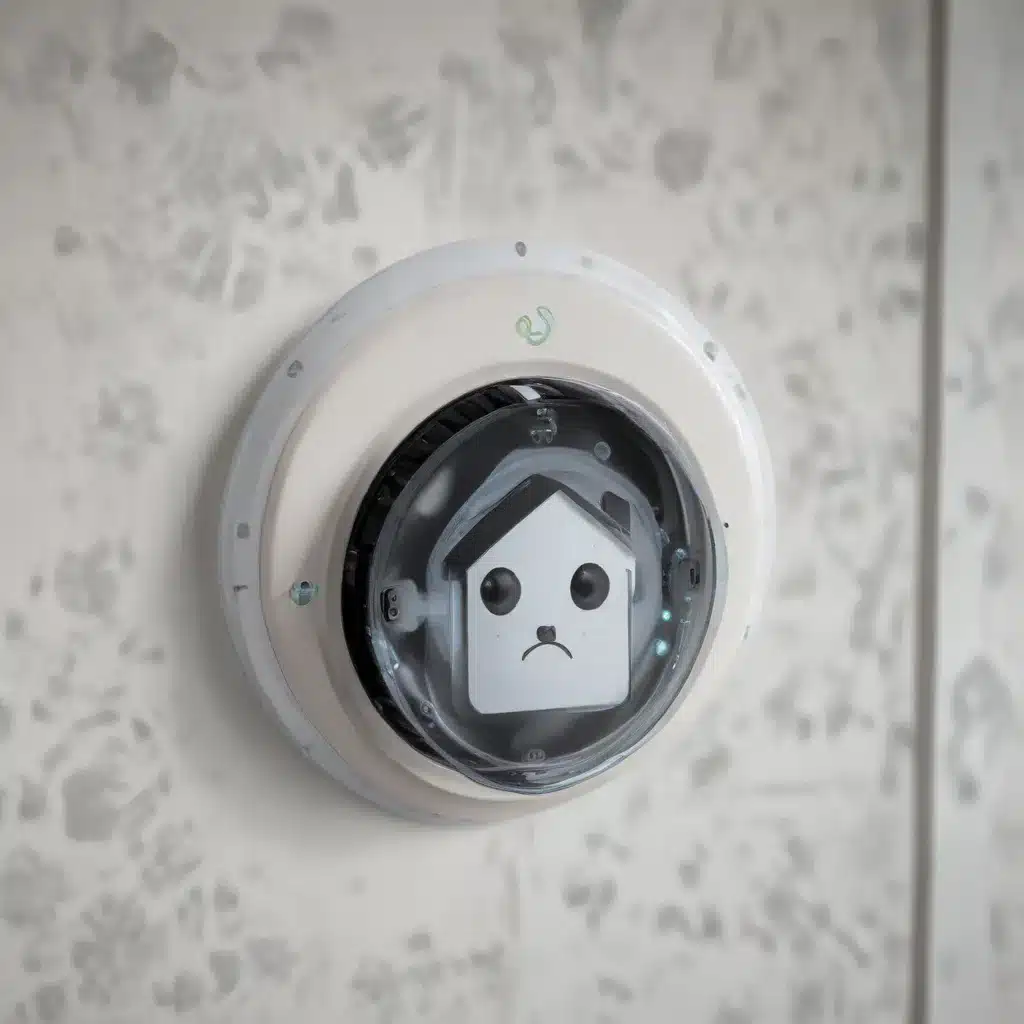
Understanding the IoT Security Landscape
The rapid growth of the Internet of Things (IoT) has brought about both exciting opportunities and significant security challenges for home and small business networks. As our homes and workspaces become increasingly connected, the attack surface for cybercriminals has expanded exponentially. IoT devices, from smart home assistants to industrial automation systems, often lack robust security measures, making them prime targets for malicious actors.
The Rise of IoT Attacks
Recent data reveals a startling trend – IoT attacks have surged by over 100% in the first half of 2021 alone. Cybercriminals are leveraging the vulnerabilities inherent in many IoT devices to create botnets, launch ransomware campaigns, and gain unauthorized access to sensitive data and systems. These threats can have far-reaching consequences, from disrupting home automation to compromising critical infrastructure.
The Challenges of IoT Security
IoT devices pose unique security challenges compared to traditional IT systems. Many are designed with functionality and cost-efficiency in mind, often at the expense of robust security features. Default passwords, unpatched firmware, and a lack of encryption are just a few of the common vulnerabilities that leave IoT devices exposed. Additionally, the sheer number of connected devices in a typical home or small business network can make it difficult to maintain visibility and control over the entire attack surface.
Securing Your Home Network
Protecting your home network and IoT devices requires a multilayered approach. By implementing a combination of hardware, software, and best practices, you can significantly reduce the risk of successful attacks and ensure the overall security and reliability of your connected devices.
Upgrading Your Router and Network Infrastructure
The foundation of a secure home network begins with your router and other network hardware. Consider upgrading to a more robust and feature-rich router, such as the Ubiquiti UniFi Dream Machine Pro or a similar enterprise-grade solution. These devices often offer advanced security capabilities, including built-in firewalls, VPN support, and the ability to create virtual local area networks (VLANs) to segment your network.
Implementing VLANs and Network Segmentation
Segmenting your home network into separate VLANs can greatly enhance security by isolating IoT devices, guest devices, and critical systems from one another. This approach helps prevent lateral movement of threats and limits the potential impact of a successful attack. Assign your IoT devices to a dedicated VLAN, restricting their access to other parts of your network.
Securing IoT Devices and Firmware
Ensure that all your IoT devices have the latest firmware updates installed, as these often address known vulnerabilities. Additionally, change the default passwords on your devices and use strong, unique credentials for each device. Consider investing in a specialized IoT security solution, such as the Byos Secure Gateway, which can provide additional protection for your connected devices by creating a hardware-enforced microsegmentation layer.
Utilizing a VPN for Remote Access
Implementing a virtual private network (VPN) solution can provide secure remote access to your home network, allowing you to troubleshoot issues or access resources while away from home. This helps prevent unauthorized access and ensures that your data remains encrypted during transit.
Monitoring and Logging Network Activity
Regularly monitor your network activity and logs to detect any suspicious behavior or potential security incidents. Many modern routers and network security solutions offer comprehensive logging and reporting features to help you stay informed about the status of your network.
Protecting Your Edge OSes and Legacy Devices
IoT devices often run on specialized or legacy operating systems, known as “edge OSes,” which can present additional security challenges. These systems may lack the robust security features found in mainstream operating systems, making them more vulnerable to attacks.
Securing Edge OSes
When dealing with edge OSes, focus on maintaining strict access controls, keeping firmware up to date, and implementing network-level security measures. Consider using a specialized security solution, like the Byos Secure Gateway, which can provide an additional layer of protection for these types of devices.
Addressing Legacy IoT Devices
Older or legacy IoT devices may not receive regular security updates from the manufacturer, leaving them exposed to known vulnerabilities. In these cases, it’s essential to isolate these devices from the rest of your network, either by physically disconnecting them or placing them on a separate VLAN with strict access controls.
Continuous Improvement and Monitoring
Securing your home network and IoT devices is an ongoing process. Stay informed about the latest IoT security threats and best practices, and be prepared to adapt your strategies as the landscape evolves. Regularly review and update your network configurations, firmware, and security measures to ensure your home remains a fortress against cyber threats.
By implementing the strategies outlined in this article, you can take proactive steps to safeguard your home network, protect your IoT devices, and ensure the overall security and reliability of your connected systems. Remember, a well-secured home network is the foundation for a safe and smart connected home.
For more information and resources on IoT security and home networking, visit https://itfix.org.uk/.
Key Takeaways
- IoT attacks have surged by over 100% in the first half of 2021, highlighting the growing security risks posed by connected devices.
- IoT devices often lack robust security features, making them prime targets for cybercriminals.
- Upgrading your router, implementing VLANs and network segmentation, and securing IoT devices are crucial steps to protect your home network.
- Edge OSes and legacy IoT devices require specialized security measures, such as network-level isolation and the use of a Secure Gateway.
- Continuous monitoring, updating, and adaptation of your security strategies are essential to keep pace with evolving IoT threats.












